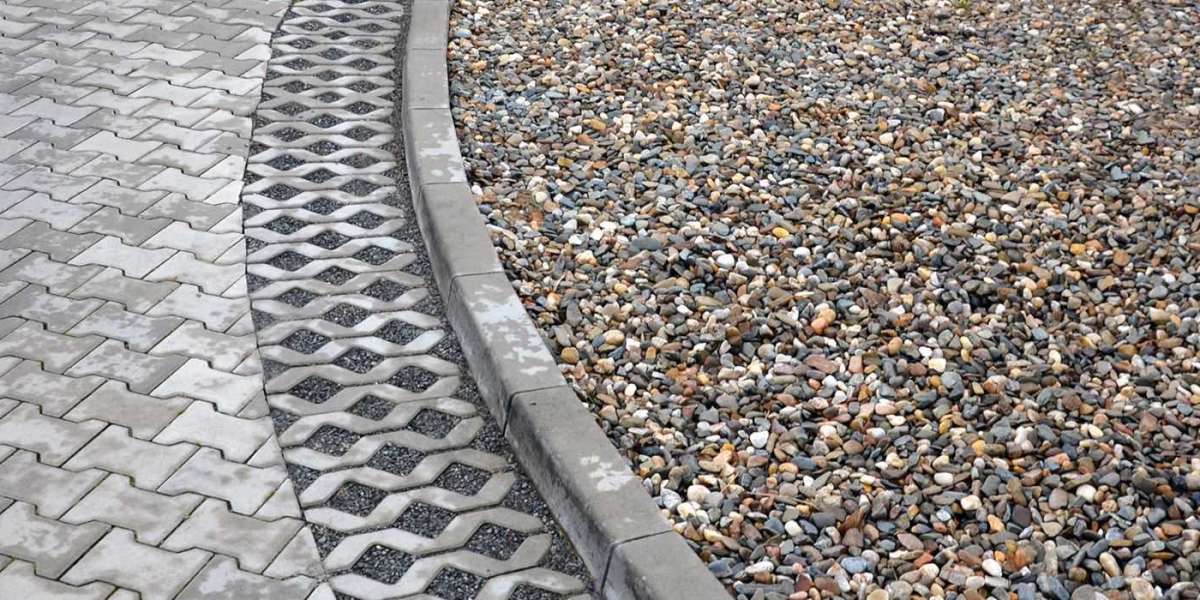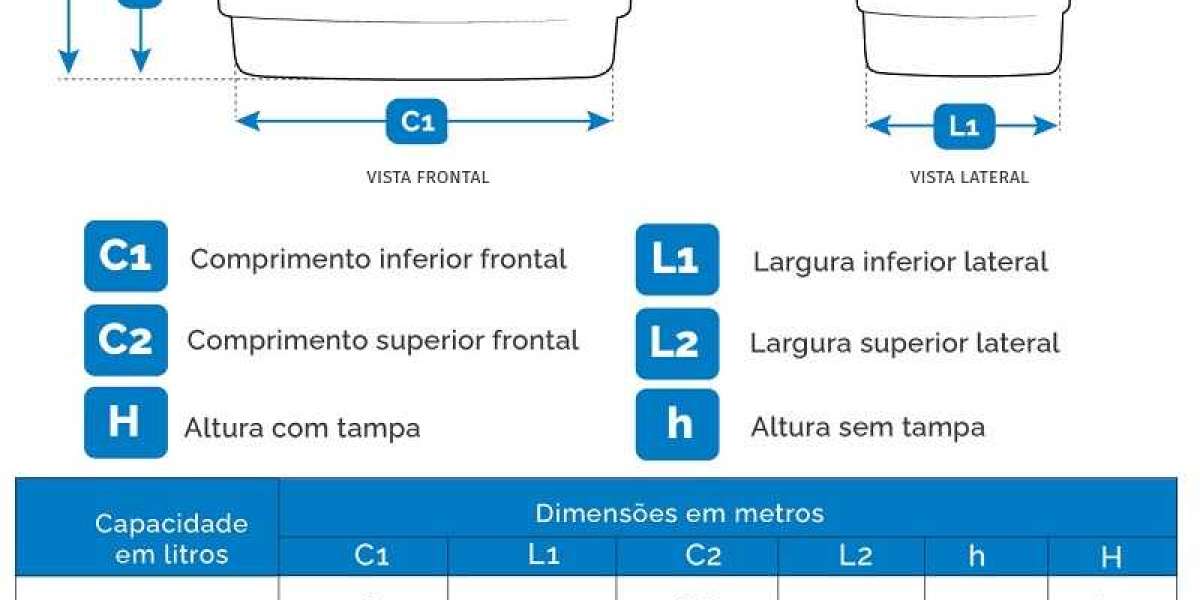Street paving is a crucial aspect of urban development, impacting everything from traffic flow to environmental sustainability. Selecting the right paving material for streets is essential to ensuring long-lasting, safe, and efficient roads.
Various factors, such as climate, traffic load, and budget, influence the choice of materials. This article explores the most commonly used street paving materials and provides insights into selecting the best surface for different types of roads.
Asphalt
Asphalt is one of the most widely used materials for street paving. Known for its affordability, durability, and ease of installation, asphalt is ideal for roads with heavy traffic. It provides a smooth, quiet ride and can be quickly repaired when cracks or potholes develop.
Advantages:
Cost-effective and widely available
Quick installation and repairs
Excellent skid resistance
Can be recycled and reused
Best Suited For: High-traffic roads, highways, and residential streets.
Considerations: Asphalt requires regular maintenance and may soften in extremely hot temperatures, leading to rutting or cracking.
Concrete
Concrete is a durable, long-lasting paving material that is often used for highways, parking lots, and streets with high load demands. It requires minimal maintenance compared to asphalt and is resistant to weathering and heavy vehicles.
Advantages:
Long lifespan (30+ years)
Low maintenance
Resistant to high temperatures and heavy loads
Reflective surface reduces nighttime lighting needs
Best Suited For: Highways, urban streets, industrial areas, and bus lanes.
Considerations: Concrete is more expensive upfront, and its installation takes longer due to curing time. It can also be prone to cracking in cold climates.
Interlocking Pavers
Interlocking pavers are individual stones or bricks that are arranged in a pattern to create a durable road surface. They offer excellent visual appeal and are often used in residential areas, pedestrian zones, and historical sites.
Advantages:
Aesthetic appeal with customizable patterns
Easy to replace damaged pavers
Permeable versions allow for better drainage
Long-lasting and durable
Best Suited For: Driveways, walkways, residential streets, and pedestrian areas.
Considerations: Interlocking pavers can be more expensive than other materials, and improper installation may lead to uneven surfaces.
Gravel
Gravel is a simple, cost-effective material for paving rural or less-traveled roads. It is made from crushed stone or natural rock, and its loose, flexible structure allows it to handle minor shifts in the ground without cracking.
Advantages:
Inexpensive and easy to install
Provides good drainage
Ideal for rural or temporary roads
Best Suited For: Rural roads, driveways, and temporary construction sites.
Considerations: Gravel surfaces can become uneven and require frequent maintenance. Dust and loose stones may also become a problem in dry conditions.
Permeable Pavement
Permeable pavement is an environmentally friendly option that allows water to pass through the surface, reducing runoff and promoting groundwater recharge. This type of pavement is ideal for areas with heavy rainfall or frequent flooding.
Advantages:
Reduces stormwater runoff and flooding
Promotes natural water filtration
Reduces heat island effect in urban areas
Best Suited For: Parking lots, driveways, low-traffic streets, and green urban areas.
Considerations: Permeable pavement may be less durable under heavy traffic and requires regular cleaning to prevent clogging.
Cobblestone
Cobblestones are a traditional, timeless street paving material, known for their durability and historic charm. They are made from natural stone and are often used in historic or aesthetic urban areas.
Advantages:
Extremely durable and long-lasting
Aesthetic appeal, particularly in historical districts
High resistance to wear and tear
Best Suited For: Historic districts, pedestrian streets, and low-traffic areas.
Considerations: Cobblestone streets can be uncomfortable to walk or drive on due to their uneven surface. They are also more expensive to install compared to other paving materials.
Choosing the Right Material
Selecting the right paving material depends on several factors:
Traffic Load: Streets with high volumes of heavy vehicles require stronger materials like asphalt or concrete, while lighter traffic may allow for interlocking pavers or gravel.
Climate: Hot climates may cause asphalt to soften, making concrete a better option. In contrast, permeable pavement can be beneficial in regions with heavy rainfall.
Aesthetics: In areas where visual appeal is important, such as pedestrian zones or historic districts, cobblestones or interlocking pavers offer a more attractive alternative.
Budget: While materials like concrete and cobblestone may have a higher upfront cost, they offer greater durability and lower long-term maintenance costs compared to asphalt or gravel.
Choosing the right street paving material is critical to the longevity, safety, and functionality of a road. Each material offers unique advantages, and the best choice depends on the specific needs of the project.
By considering factors like traffic, climate, and aesthetics, municipalities and contractors can select the ideal surface to meet the demands of modern roadways.








